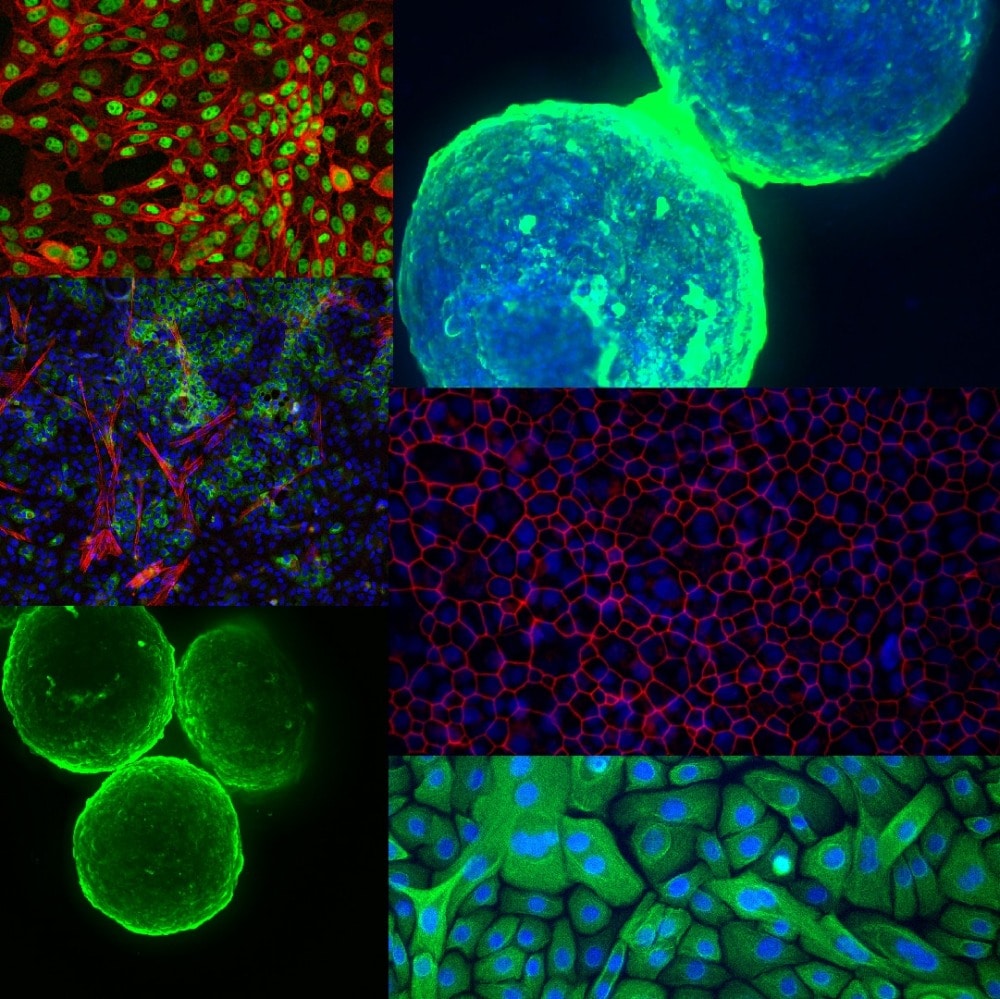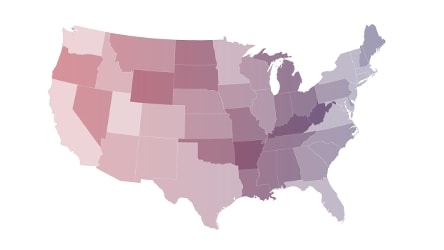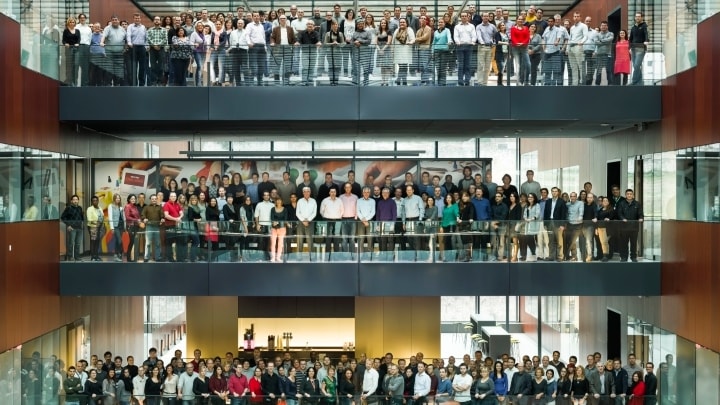PMI Science looks back at 2020
As we work our way through a new year, we look back and remember the stories, moments, and milestones from 2020 to prepare for what's to come in 2021. We’re predicting a continued trend within the scientific community of increasing transparency, collaboration, and science-based decision-making.
Social distancing has brought scientists around the world together
The scientific community really felt like a community in 2020, as scientists around the world have been working behind the scenes on invaluable projects while collaborating at a distance. As the public turned to scientists for credible information and solutions related to the COVID-19 pandemic, we saw a wave of researchers from nearly all disciplines drop what they were doing to learn more about how to combat the virus.
We saw firsthand how scientific publishers released free special issues to keep the public up to date on current COVID-19 findings. More and more science-based discussions can be seen on social media, and it’s easy to see the public's appetite for facts in real-time and open dialogue about public health. Since March, scientists have also been participating in new pandemic-related webinars like those hosted by the American Chemical Society, the British Society for Immunology, and the Association for Biosafety and Biosecurity. And crowdsourcing coronavirus research has expanded the concept of “scientific community” to include anyone with a computer who wants to help.
Over the summer, we interviewed our scientists to hear their stories about how the lockdown impacted their work, their colleagues, and their daily life. Manuel Peitsch, Chief Scientific Officer, talked about the different initiatives launched during the lockdown in response to community needs and how his team demonstrated fantastic spirit and entrepreneurship for creating new channels for collaboration. We also discussed with Catherine Goujon, Manager Chemistry Research, how COVID-19 forced us to innovate how we work and interact with one another.
Many of our colleagues also donated their personal time sewing face masks or 3D-printing face shields. It has been inspiring to see the community come together. It might be mostly at a distance, but always in the spirit of collaboration.
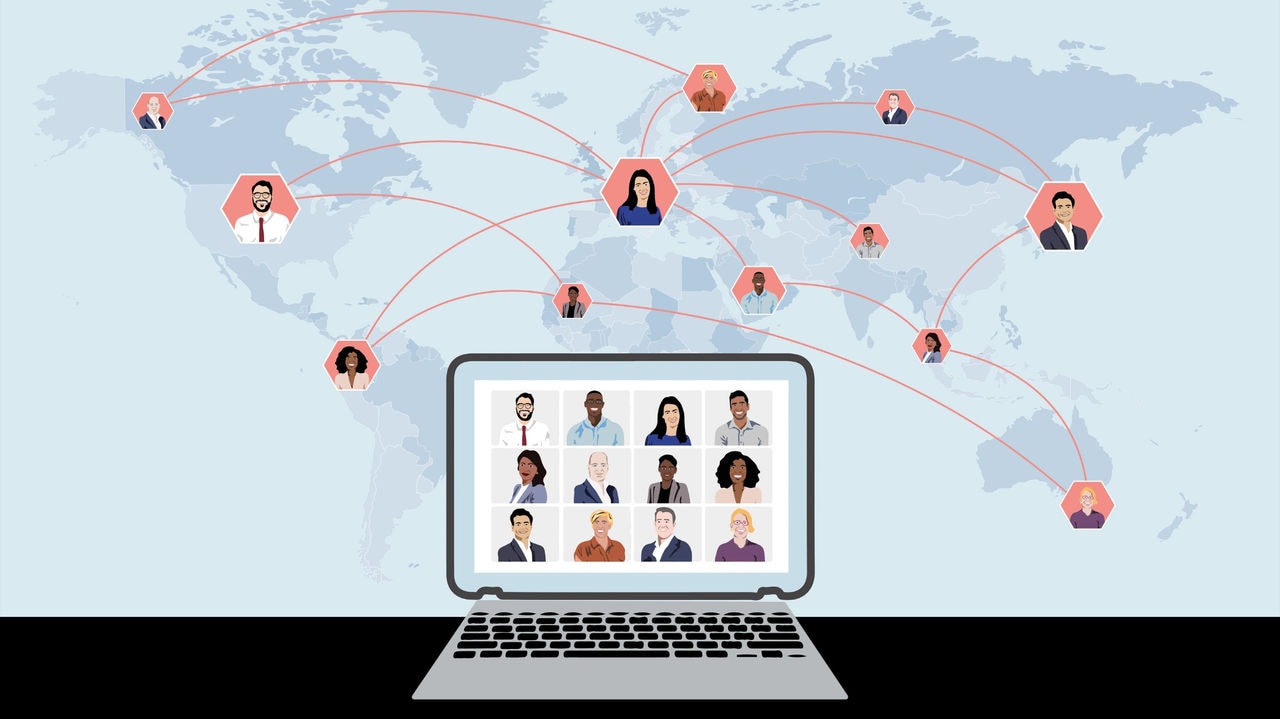
PMI Science brings its research transparency online
Scientific transparency is essential to progress. Conferences have always been one of our best tools to share our findings and open a dialogue with the scientific community. As restrictions on travel and social distancing have become commonplace, scientists have migrated their presentations and conversations online, adopting a virtual format. For some, in-person conferences used to present financial, travel, and time constraints. This transition to online settings helped lift some of these barriers. Conferences going virtual have increased inclusivity and broadened communications by reaching out to a wider audience and reducing the costs of attendance.
We were gearing up to attend one of our most important conferences in June 2020, looking forward to sharing our latest research with our stakeholders, when conference organizers were forced to shift the conference online in the interest of safety. In the process, they had to drop the scientific poster presentation sessions for logistical reasons, but we were still eager to share our latest research. So, we created a new way for us to share our research openly. That’s the origin story for Open Science, a virtual conference to bring forward our findings to the public and have an open dialogue with the scientific community in the form of a live Q&A.
This first webinar was led by Dr. Gizelle Baker, VP Global Scientific Engagement, and she introduced five pre-recorded presentations by our scientists. The topics explored the fundamental research and scientific evidence behind our smoke-free products. We dove into the risk assessments and the effects of switching to our leading heated tobacco product. The one-hour webinar was hosted three times throughout the day to accommodate multiple time zones. Over 1,000 participants registered for the event from 50 countries. After the presentations, Dr. Baker and other scientists joined to answer live questions from the audience.
You can find some of the most asked questions and answers from the June Open Science sessions.
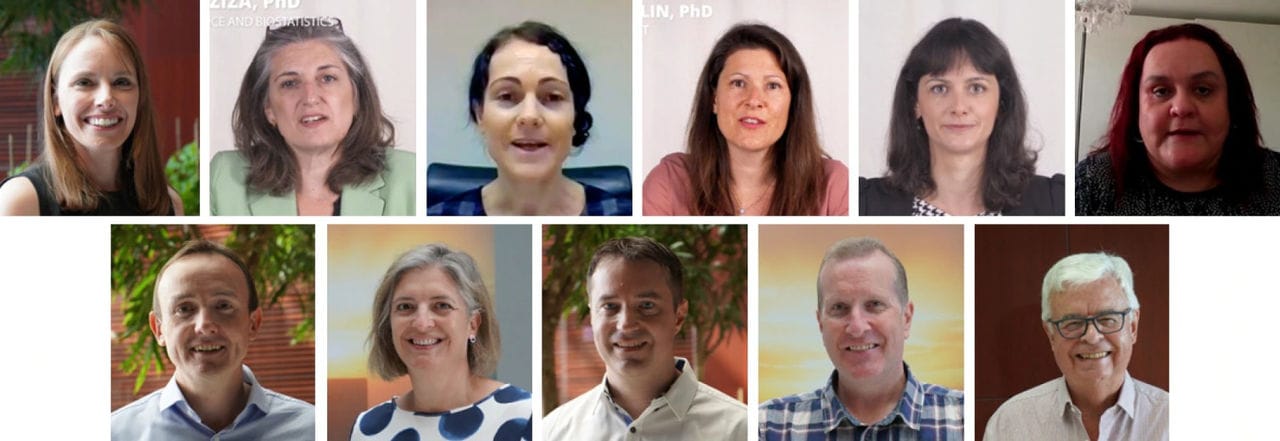
Dr. Gilchrist presents at GFN
The Global Forum on Nicotine (GFN) 2020 welcomed Dr. Moira Gilchrist, VP Strategic & Scientific Communications, to speak on the topic of the company’s transformation from cigarettes to smoke-free products. The pandemic and social distancing made having a normal face-to-face conference impossible, and since the organizers decided it is a crucial time in nicotine science, policy, and tobacco harm reduction, they went virtual instead of canceling.
The theme was 'Nicotine: science, ethics, and human rights'. Presenters and hosts discussed developments in nicotine research, ethical arguments in favor of tobacco harm reduction, and human rights concerns.
In her session, Dr. Gilchrist presented the company's ambition to have 40 million of our cigarette smokers switch to smoke-free products by 2025 and our commitment to a smoke-free future. She discussed how science and technology help the industry deliver better products—presenting not only our findings but also independent studies supporting the case for scientifically substantiated smoke-free products. PMI's commitment to the cause was also highlighted by Dr. Gilchrist, as she described PMI’s investment of more than USD 7.2 billion (now USD 8.1 billion) since 2008 in fundamental research, product development, scientific substantiation, and manufacturing capacity for better alternatives for adult smokers who would otherwise continue to smoke.
A historic decision is made
On July 7th, 2020, the U.S. Food and Drug Administration (FDA) authorized the marketing of the IQOS tobacco heating system as a modified risk tobacco product (MRTP) with reduced exposure information. It’s the first and, so far, the only electronic nicotine product to receive such authorization. In doing so, the agency found that the issuance of the modified risk tobacco product orders with reduced exposure information would be "appropriate to promote the public health and is expected to benefit the health of the population as a whole.”
The decision clearly differentiates our leading heated tobacco product from combusted cigarettes and allows American men and women who don’t quit to receive information about a product that is a better choice than continuing to smoke cigarettes. This is just the latest step in a regulatory process that started in December 2016, when the FDA received our MRTP application, and it continues toward the future as we participate in the order renewal process or seek authorization for reduced risk or harm communications.
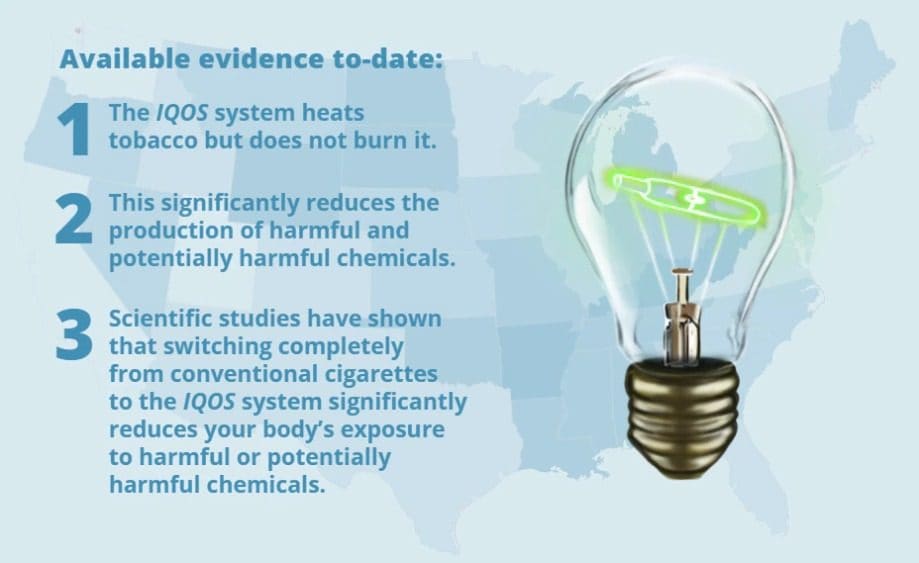
The September issue of our Scientific Update explored this authorization in depth, including the timeline of the review process, the evidence behind reduced exposure, and how this authorization is an ongoing process.
Open Science presents the difference between smoke and aerosol
Also in September, we went back to basics by exploring the fundamental differences between cigarette smoke and heated tobacco aerosol as part of our Open Science presentation series. Unlike our first Open Science webinar, in which our researchers presented posters of their latest research on multiple different topics, this time, the presentations followed a common theme.
One of the biggest problems with cigarettes is the burning of tobacco, which creates cigarette smoke and generates high levels of harmful chemicals. By heating instead of burning tobacco, we can avoid creating smoke and thus produce fewer and lower average levels of harmful chemicals. All five presentations addressed this fact from different perspectives.
Our scientists walked the audience through questions such as “What are the differences between smoke and aerosol?” and “Why is the absence of combustion so important?” Dr. Gizelle Baker hosted three sessions with pre-recorded presentations. Each session had its own live Q&A.
You can find some of the most asked questions and answers from the September Open Science sessions.
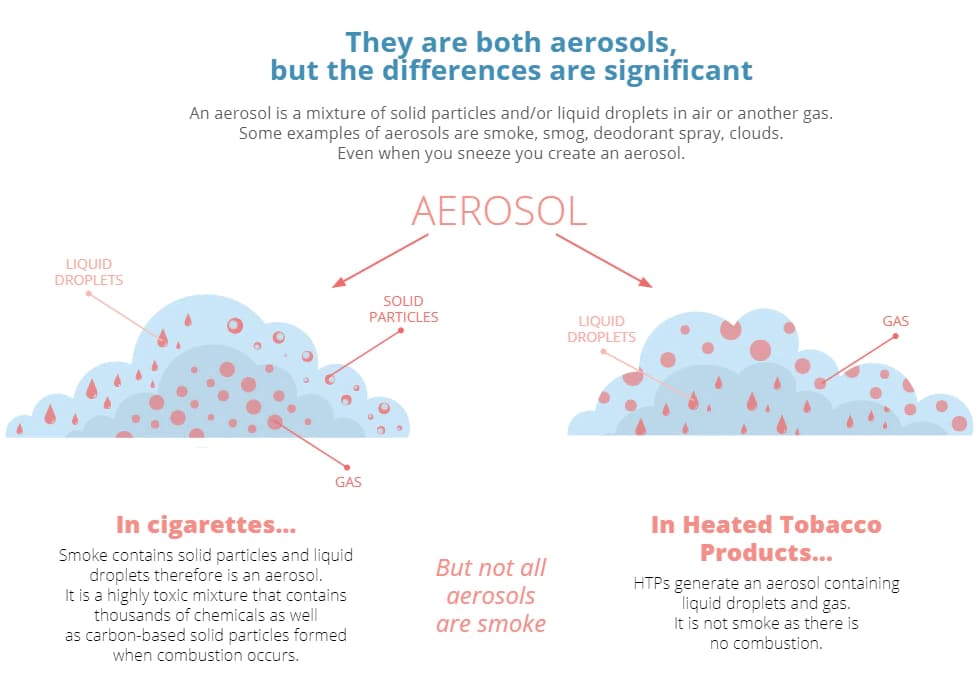

Наш научный журнал Scientific Update
Наш научный журнал Scientific Update посвящен исследованиям и разработкам ФМИ, ключевым исследованиям, регулированию и многому другому. Ознакомьтесь с последним выпуском или прочитайте статьи онлайн.
